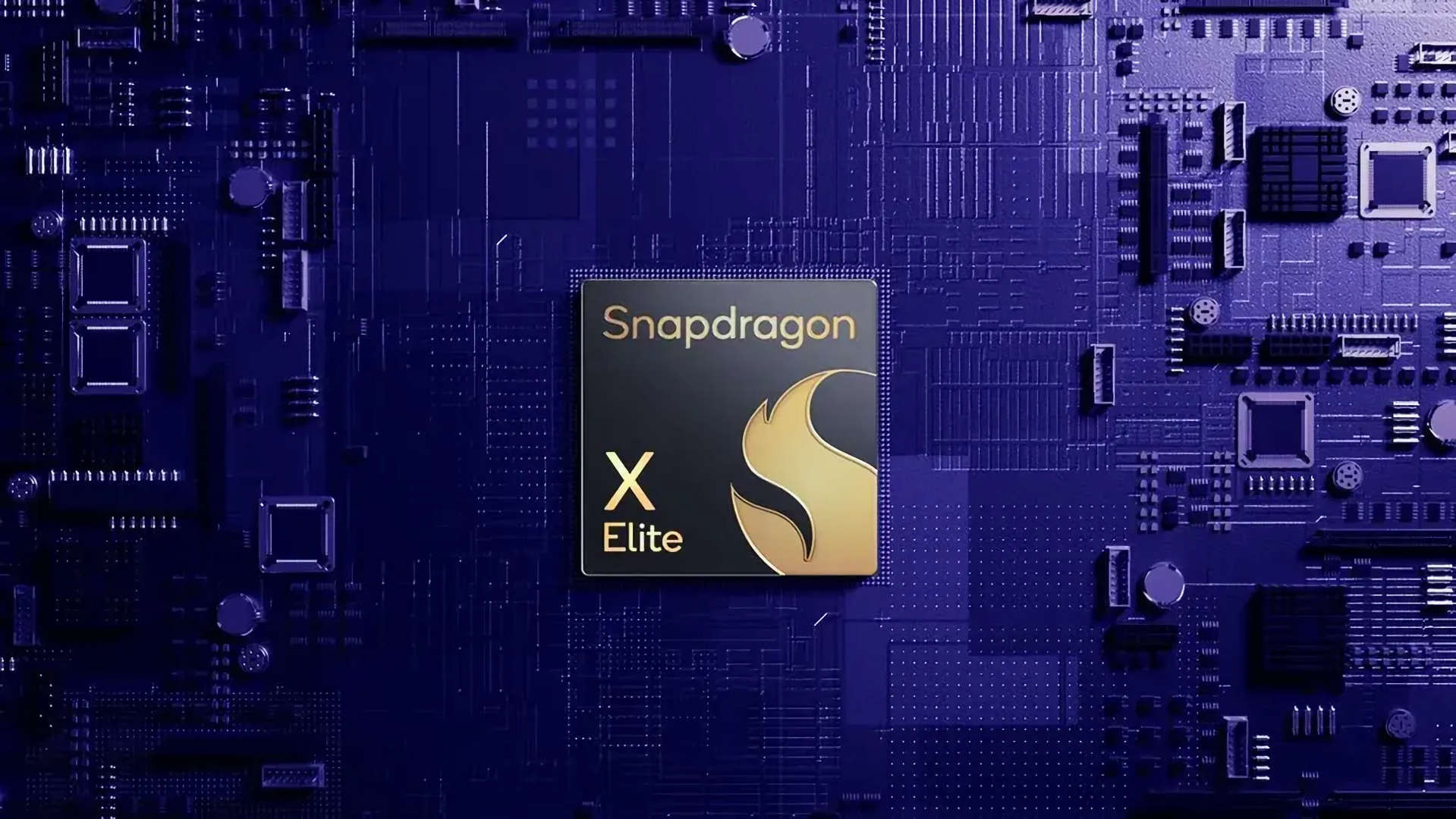
We'll believe it when we see it.
Qualcomm claims that most games created for x86 Windows “just work” on its new killer Arm chip, the Snapdragon X Elite. There’s no porting required.
If that’s true, it’s quite an achievement, albeit not totally unprecedented. Apple pulled off something similar with its jump from x86 to own in-house Arm silicon via the Rosetta 2 translation layer.
The thing is, Apple controls the entire software-through-hardware stack and is said to have built features into its silicon expressly to minimise the performance hit of running x86 software on Arm CPUs.
Moreover, if there’s one application type where Apple’s x86 emulation is a bit patchy, it’s games. Legacy x86 titles do generally run on Apple silicon, but the performance is much more hit and miss than other applications. But then you can say the same for games coded natively for Apple platforms since forever.
Anyway, Qualcomm’s claims came at the recent GDC or Games Developer Conference (via The Verge), in a session titled: “Windows on Snapdragon, a Platform Ready for your PC Games.” Attending game devs were told they have three options for running their existing Windows titles on the new Qualcomm chip in Arm for Windows.
A full port to native ARM64.Hybrid apps where Windows libraries and Qualcomm’s drivers run natively, but the rest of the app is emulated delivering “near-native” performance.Do almost nothing and most games will “just work”.
Qualcomm’s key point is that most games are GPU rather than CPU bottlenecked and claims that GPU performance is unaffected by emulation. If that’s correct, game performance will mostly be a function of the Snapdragon X Elite’s Adreno GPU.
Speaking of which, Qualcomm has been showing off the new chip this week and some new benchmark data has emerged. For now, it’s not fully independent review data, but it does provide some insight.
So, for the record Qualcomm claims that Snapdragon X Elite hits 39 fps in 3DMark Wild Life Extreme. That compares to 33 fps for the new Intel Ultra 7 155H Meteor Lake chip. Apple’s M3 with its big boi new GPU does 48 fps in the same test.
Notably, Qualcomm didn’t include AMD in its comparisons. But the 780M in AMD’s Phoenix chip, as seen in various gaming handhelds like the Asus ROG Ally, is not all that much quicker than Intel Meteor Lake in synthetic tests like 3DMark, albeit real-world games are another matter. But on these numbers, Snapdragon X Elite’s Adreno graphics would theoretically be the fastest integrated GPU for PCs.
Qualcomm is extremely bullish about the performance of its new Snapdragon X Elite Arm chip. (Image credit: Qualcomm)
If nothing else, that could make it quite the prospect for, say, a handheld gaming PC. The catch, of course, even before you get to an emulation performance hit is driver quality. How good are Qualcomm’s drivers? Intel has shown that even a massive company that specialises in PC tech can struggle with entering the graphics market and arguably its greatest challenge has been driver quality.
Is Qualcomm really going to have competitive driver performance? Is it really going to have day zero driver’s for new games? Anyway, you get the idea. When you consider the combination of both emulation and driver quality, there’s an awful lot yet to be proven when it comes to actual game performance.
Qualcomm did apparently show off the chip running Witcher III at 1080p, albeit on lower quality settings. But put absolutely frankly, we’d be amazed if the Snapdragon X Elite actually turned out to be a better proposition for real-world PC gaming than AMD’s Phoenix APU.
(Image credit: Future)
Best CPU for gaming: The top chips from Intel and AMD.
Best gaming motherboard: The right boards.
Best graphics card: Your perfect pixel-pusher awaits.
Best SSD for gaming: Get into the game ahead of the rest.
Incidentally, for raw CPU power, Qualcomm claims the X Elite batters Intel Meteor Lake for single-core performance, clocking up 2,774pts in GeekBench 6 Intel’s 2,401pts.
Of course, for gaming the holy grail would be using a powerful add-in GPU with the Qualcomm CPU. There’s no indication, for now, whether we’re likely to see, for instance, a Snapdragon X Elite laptop with an Nvidia RTX 4080 mobile GPU. That would be the real test of Qualcomm’s emulation prowess. All Qualcomm will say for now on that note is that it’s possible to use discrete graphics with Snapdragon X Elite.
Even if it proved pretty good, it would still be a pretty brave purchase over a plain old x86 laptop if what you want is a great gaming experience. But you’ve got to start somewhere and if Qualcomm’s emulation is anywhere near as good as the company claims, well, x86 had better watch out. It looks like the long predicted Arm invasion is finally happening.



